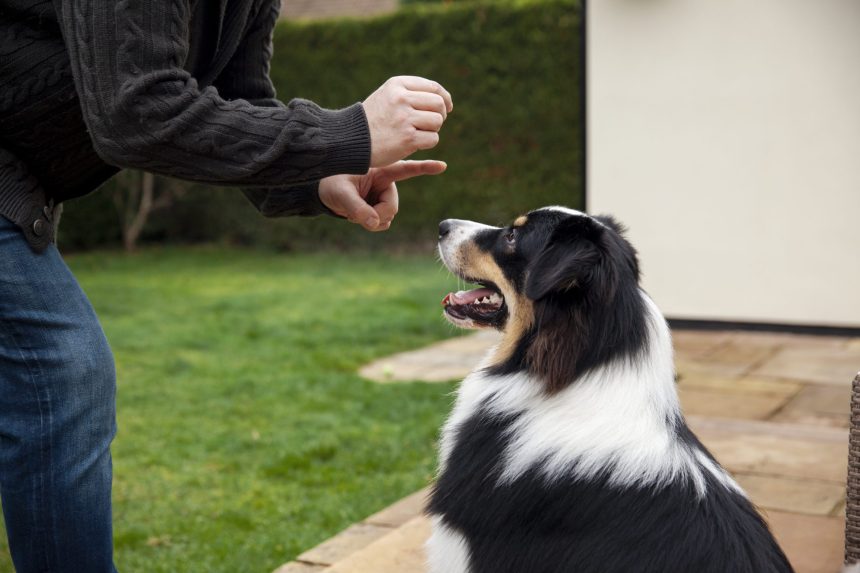
10 Common Hand Signals for Dog Training & How to Teach Them
Owning a dog can bring you immeasurable joy, but these loyal companions also require a lot of work, especially if you get a puppy. Effective training can make your dog ownership significantly less stressful and more enjoyable.
While you can employ several techniques to train your pet, dog training experts understand how best to teach your dog how to behave. Nevertheless, learning hand signals for dog training ensures you understand how to train your pet effectively from the start.
Why Dogs Respond Well to Hand Signals
Many new dog owners wonder why hand signals are necessary. According to the American Kennel Club, about 5 to 10% of dogs suffer from either partial or full deafness. It’s also common for older dogs to develop hearing deficiencies as they age, making the combination of body language, visual signals, and verbal cues crucial for obedience.
Even without hearing disabilities, hand signals strengthen your pet’s cognition, focus, and attention. Additionally, combining hand signals with a verbal command ensures your dog understands you in loud environments. Finally, training your pet improves your trust and relationship, which makes them more responsive to commands.
Tips for Effectively Teaching Hand Signals
Dogs respond to cues and immediate rewards. Establishing a reward system creates a clear sense of right and wrong in their training.
Rewards can include auditory cues like a click followed by a treat. You can also give your dog extra love when they successfully repeat positive behaviors. While treats and rewards will be crucial as you teach your dog, you can eventually just use your verbal cue or hand signal to enact the right behavior.
Ten Helpful Hand Signals for Dog Training
These ten helpful hand signals for dog training will help you teach your dog long-term obedience.
1. Sit
To get your dog to sit, accompany the verbal command by raising your hand with your palm facing upwards.
2. Lay Down
Do the opposite of the sit hand signal to get your dog to lie down.
3. Come
Place your hand on your hip and make a diagonal motion towards your shoulder with your palm out.
4. Stay
Get your dog to the position you need to maintain and hold your palm out towards them until you want to release them.
5. Drop
Firmly finger point towards the floor.
6. Fetch
Point your finger towards the object you want them to fetch.
7. High Five or Gimme Paw
Kneel down to your dog’s level and hold your hand out for their paw.
8. Roll Over
Make a circular motion with your arm and open hand outstretched.
9. Spin
Point your finger at your dog and spin it in a circle.
10. Up
When your dog is sitting or lying down, raise your hand from your hip to shoulder with your palm facing up.
Get Your Dogs Professionally Trained at the Dan Gentile Dog Training Center
Dan Gentile Dog Training Center’s professionals are experts at training new puppies and dogs of all ages. For more information on hand signals for dog training, call (732) 938-5040 and start your dog on a top-rated training program!